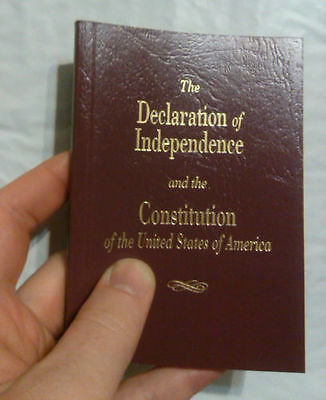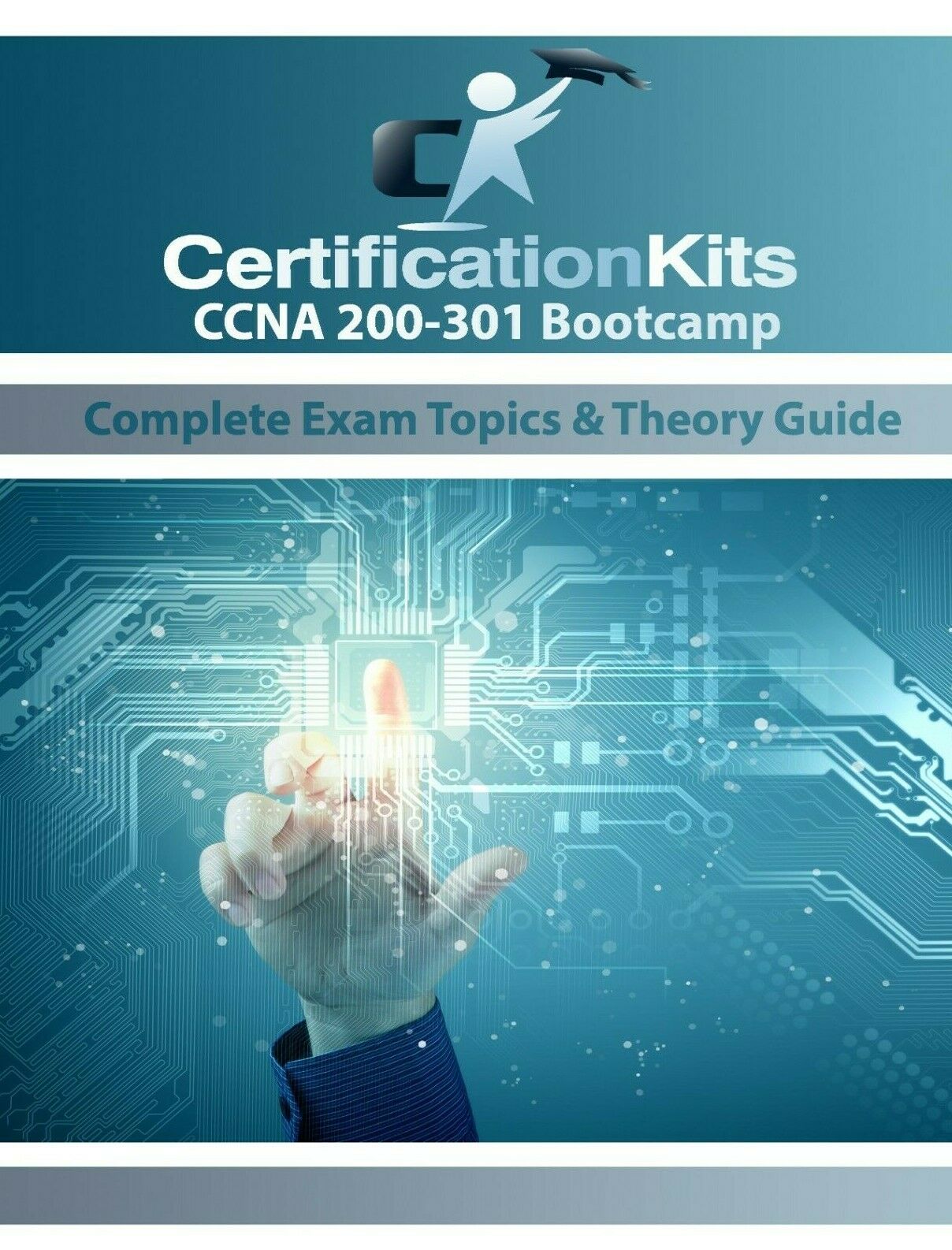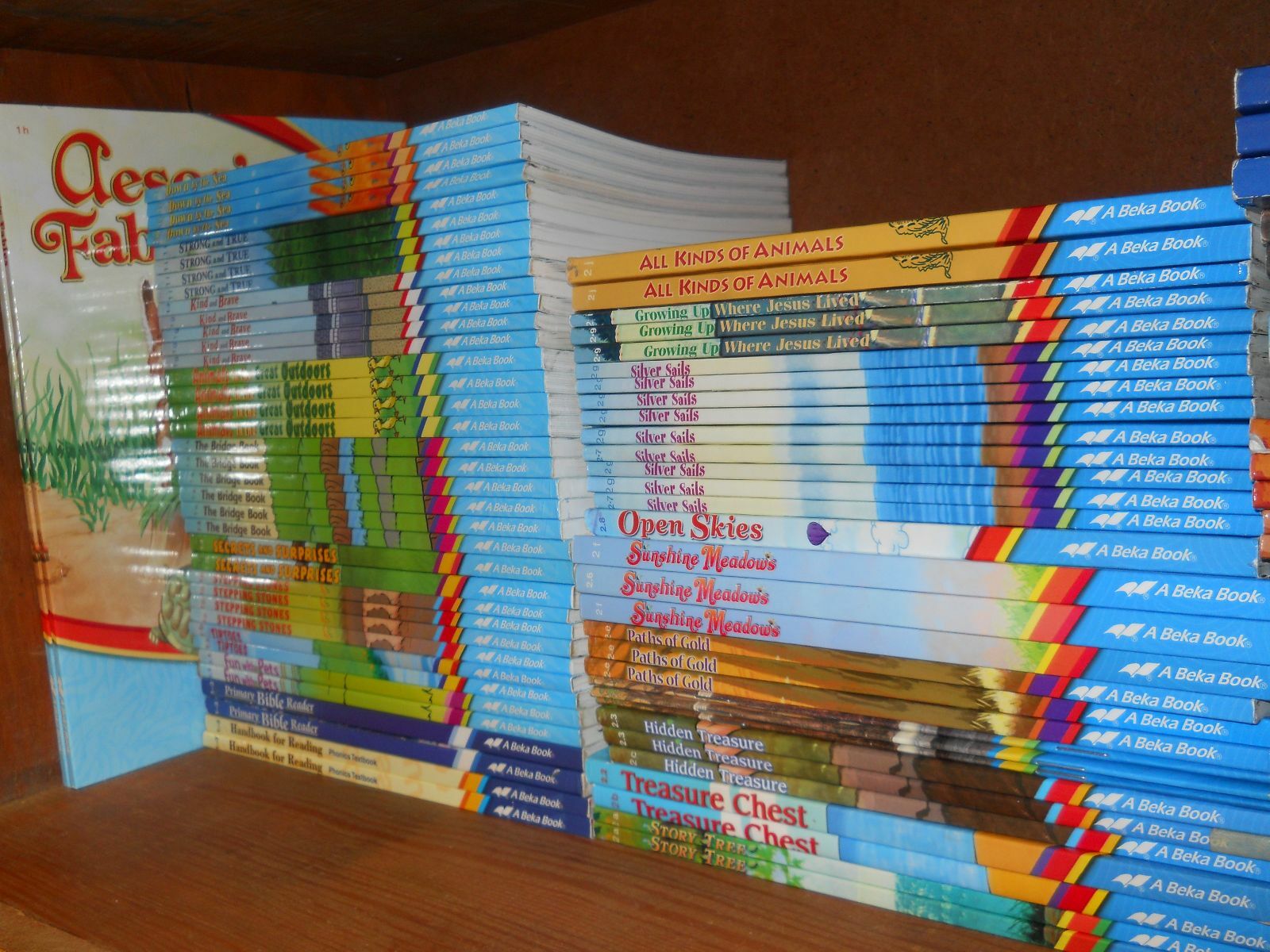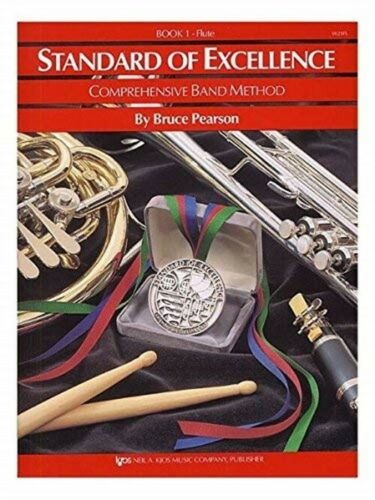-40%
Exploring Creation with Physical Science (3rd Edition): Student Notebook
$ 16.47
- Description
- Size Guide
Description
This is a great way to help your junior high students develop the independent study skills they’ll need as they prepare to make the transition to high school. This companion notebook designed to be used withExploring Creation with Physical Science
, 3rd Edition, will deepen, their understanding of the textbook as they explore what God’s Word has to say about the workings of His creation.
Exploring Creation with Physical Science
, 3
rd
Edition,
Student Notebook,
helps your student:
become more independent in his or her study of science
learn to be an effective note-taker
develop the skills to correctly create a lab report
learn to write a Science Research Paper
The
Exploring Creation with Physical Science
, 3rd
Edition,
Student Notebook
Includes:
Suggested Daily Schedule at the front of the notebook
“What To Do” sections, with a breakdown of the assignments, detailing exactly what to do each day, with checkoff boxes for the tasks
Note-taking pages that contain prompts to help teach the student how to pull out pertinent information from the text
Graphic Organizers to cue students to important content for their notes
Pages to copy definitions for the vocabulary words within each daily section of the module
Space to record their results from the “You Do Science” activities
Space to record answers to the On Your Own questions, which help the students make sure they comprehend the text before moving on
Module Study Guides with space to answer the questions. These questions serve as review and preparation for the tests
“Personal Notes” pages where students record their intellectual, emotional, and spiritual reactions to what they are learning
Experiment and Lab Report pages with detailed instructions guiding students through the scientific method, analysis of results, and a continuation from General Science, 3rd Edition, in completing writing both informal and formal lab reports.
Science Research Paper in Module 15, with step by step instructions including space to write notes and the paper.
Note-Taking Tips for Your Student
Note-taking is a learned skill. While it might seem like there should be “answers” to questions and prompts found in the student notebook, we do not provide specific answers on purpose. The best way to take notes is the way that works for the student. That’s why the Student Notebook provides space for taking notes.
Here are a few tips for writing quality notes that students will be introduced to in this notebook:
Make sure to include the main ideas of each passage and list the minor concepts under the main ones.
Use the author’s style to guide your notes. If the author defines a term, make sure you include that definition in your notebook (you won’t miss it; you will be prompted to define it).
If the author is comparing or contrasting two things in the text, you should compare and/or contrast in your notes (again, we’ll provide you with some diagrams to help you do this).
If the author is classifying in the text, you should classify in your notes (and remember to include any hints you think of).
Don’t copy the text word for word. Always write your notes in your own words and make as many connections to ideas you already know.
If you see a word you don’t know, write it down and look it up so you can better understand what you’re reading.
Apologia encourages parents to review their student’s notebook to make sure that the student is properly engaged, however, student notes should never be graded. Mentor to them how you took notes at their age. You will see that with each notebook module we offer tips and hints. By the time your student finishes the course, you’ll see highlighting and colored fonts, personal thoughts expanded and explored, and true knowledge on how to personalize, capture, and understand new knowledge.









